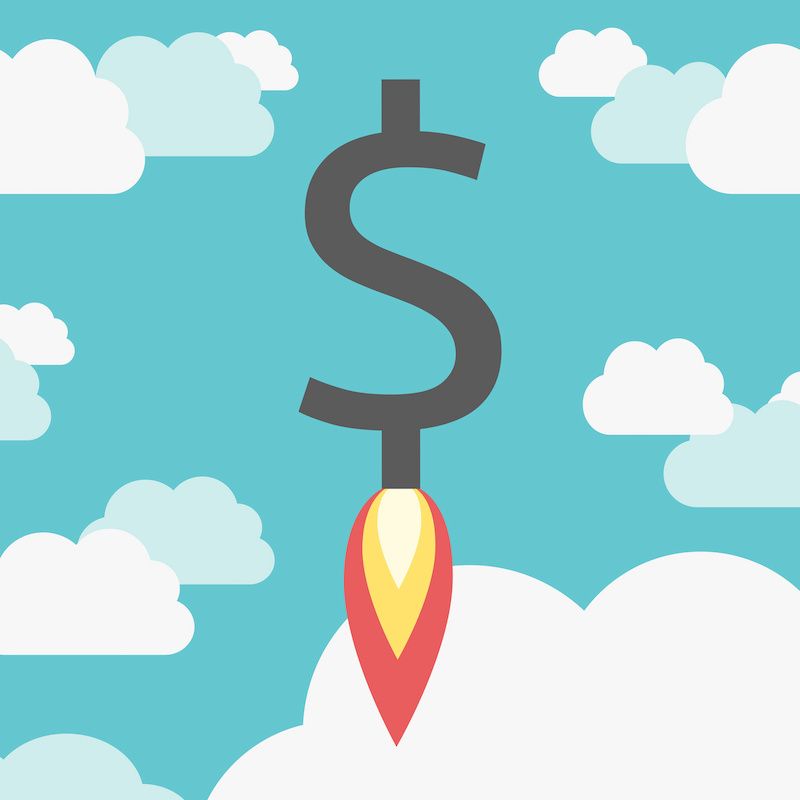- Bone Health
- Immunology
- Hematology
- Respiratory
- Dermatology
- Diabetes
- Gastroenterology
- Neurology
- Oncology
- Ophthalmology
- Rare Disease
- Rheumatology
Biologic Availability Contributes to Medicare Part B Drug Expenditure Growth
Growing use of innovator biologics, including those with biosimilar competition, has led to increased Medicare Part B drug expenditures, with the trend unlikely to stop.
Medicare Part B drug expenditures have grown in recent years, which is likely to endure due to the growing use and availability of innovator biologics, according to JAMA Health Forum.
Researchers aimed to evaluate the extent to which Medicare Part B spending growth was linked with changes in price vs quantity, and how these trends intermingled with marketplace entry of new drugs.
Almost 4 million beneficiaries of traditional Medicare used Part B-covered drugs in 2020, where total payments reached $38.5 billion. Even though total Part B spending was almost one-fifth of Medicare’s outpatient prescription drug benefit (Part D) in the same year. Part B has seen sustained increases, and beneficiaries of traditional Medicare encounter 20% cost sharing for most Part B drugs.
Cloud Pricing Stock Vector Illustration | © 123RF Stock Photos

The cross-sectional study quantified the degree of spending concentration and the link between price and use of Part B drugs among fee-for-service Medicare beneficiaries. Use and spending data for separately payable Part B drugs were included in this study, and source data were aggregated to the drug-year level and reported from 2016 to 2020.
Descriptive decomposition and index analyses quantified the relative association, separately, of price and use changes for present single-source drugs, existing drugs that met competition, and new drugs that came onto the market. Data analysis was undertaken from June to December 2022.
The main outcomes consisted of Part B spending by the fee-for-service Medicare program and beneficiaries, and use, defined as dosage units and beneficiary drug use.
A total of 535 unique Part B drug products were included in the study. During the period of 2016 to 2020, 15 or fewer products made up half of all Part B drug expenditures. The 7 drugs that made up the top 25% of spending was extremely consistent over time and were all biologics. Part B drug products that cost $1.85 or less per administration made up over 505 of the doses administered in 2020. Part B drug spending grew by $15 billion from 2016 to 2020.
The emergence of new, nonbiosimilar drugs during this time accounted for $12 billion of the increased spending (80%), while use shifts and price increases among present single-source brand drugs accounted for the leftover increase in spending. Part B spending lowered among the subset of existing drugs encountering generic or biosimilar competition. Among single-source drugs on the market in 2016, the index that varied dosage units surpassed the index that varied price in all years, confirming that changes in use were linked with more with spending growth for those drugs.
Three of the 7 drugs making up the top quarter of Medicare Part B spending every year have biosimilars on the US Market:
- Rituxan (reference rituximab)—3 biosimilars are currently on the US market, with the first that launched in November 2019
- Neulasta (reference pegfilgrastim)—6 biosimilars are on the US market presently, and the first launched in June 2018
- Remicade (reference infliximab)—4 approved biosimilars exist in the US, but only 3 have launched; the first launch was in November 2016
Related analyses had shown that most biologic drugs don’t have biosimilar competitors in the current market and the pipeline. High-spending, single-source drugs that have been on the market for years will probably be subject to price negotiations under the Inflation Reduction Act of 2022.
“Negotiations may curb future increases in the Medicare payment limit,” the researchers emphasized.
Compared with existing products, drugs more recently brought to market were linked with Part B spending increases in the past few years. Almost all increases in Part B drug spending over the last 10 years were associated with biologics.
“Although CMS cannot negotiate prices of newly marketed drugs, prices are subject to the inflation rebate,” continued the researchers.
Additionally, the researchers also found that the price of single-source drugs made up a fairly small share of the overall spending increase and suggests that the association of the rebate previsions with spending might be muted.
Analyses also suggest that policies targeting the highest-selling drugs have the most potential to reduce spending, while those targeting price jumps will have a smaller influence.
One notable limitation of this study is that drug spending and use for Medicare Advantage, which makes up over 40% of total Medicare enrollment in 2020, was not taken into consideration by these data.
“The findings [of this study] suggest that policies targeting top-selling drugs may have greater potential to curb Part B drug spending than those targeting price increases,” concluded the researchers.
Reference
Hyland MF, Sachs RM, Robillard L, Hayford TB, Bai G. Spending on and use of clinician-administered drugs in medicare. JAMA Health Forum. Published online September 8, 2023. doi:10.1001/jamahealthforum.2023.2941
Newsletter
Where clinical, regulatory, and economic perspectives converge—sign up for Center for Biosimilars® emails to get expert insights on emerging treatment paradigms, biosimilar policy, and real-world outcomes that shape patient care.
